In 1980, BFGoodrich introduced an unconventional tire that would forever change the way we thought about off-road traction. They called it the T/A Mud-Terrain, “T/A” borrowed from their successful line of street-performance offerings, and the latter for the type of terrain it would call home. It was the first such tire with an aggressive tread design, deep voids, and radial construction. The impact was such that in the following years, nearly every tire manufacturer in the genre would introduce a variant of BFGoodrich’s original design. In 1984 the company rocked the four-wheel drive community with a 35-inch version, a massive tire for the time. We “old timers” in the Rubicon circles were ecstatic.
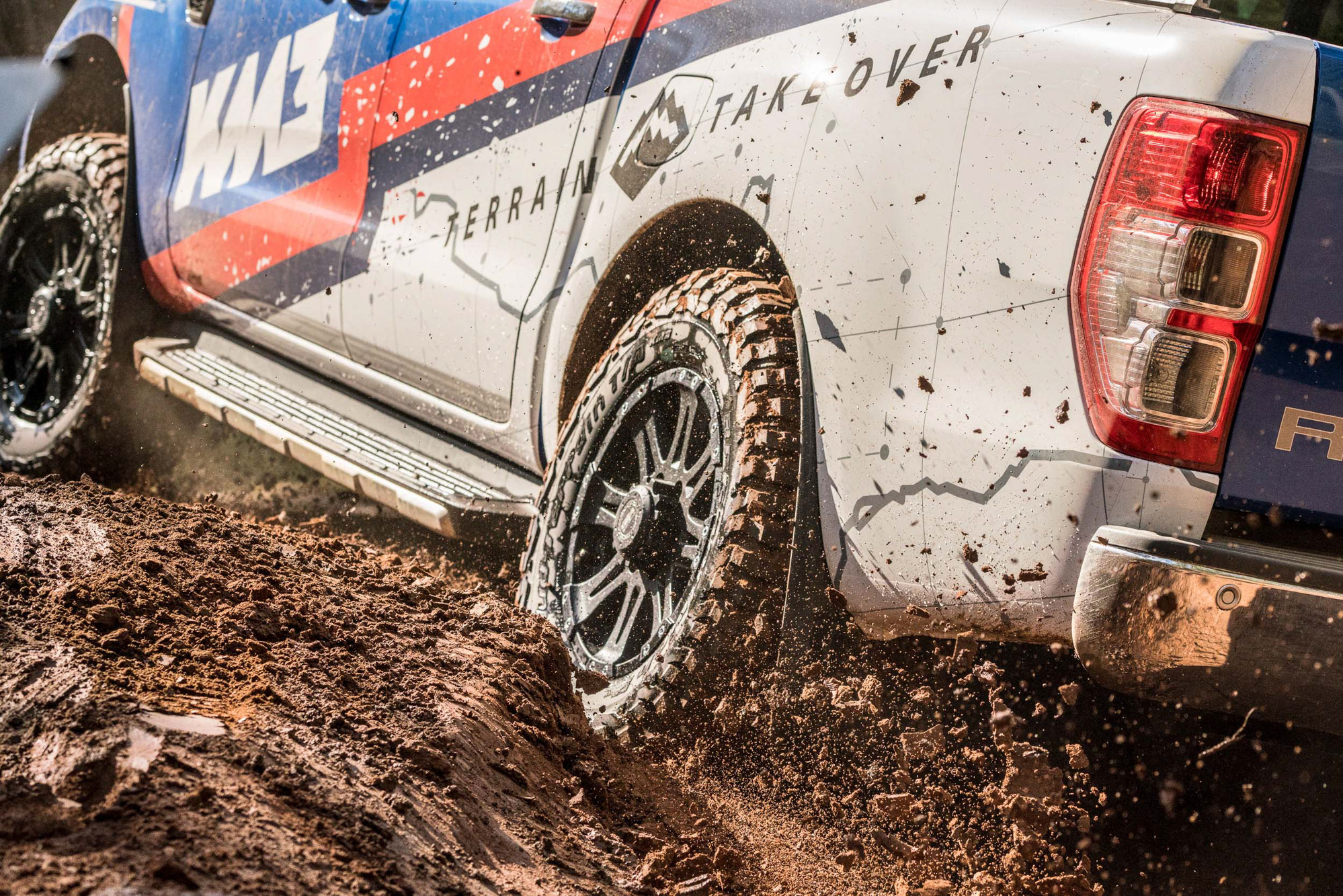
This new miracle tire provided extra ground clearance, and at low air pressure its soft sidewall deformed like a warm marshmallow. However, we also found it was susceptible to pinching, tearing, and punctures. During the following decades the tire underwent several revisions, ultimately appearing as the KM2 in 2007. With technology moving at light speed, the company’s engineers went back to the drawing board, CAD systems, and chemists, and spent the last six years developing the fifth-generation T/A Mud-Terrain, the KM3. I recently tested the KM3 in the Victoria Highlands, Australia, on terrain ranging from hard-pack, high-speed two-tracks and dry granite, to soft sand, moderate mud, and windy mountain tarmac.
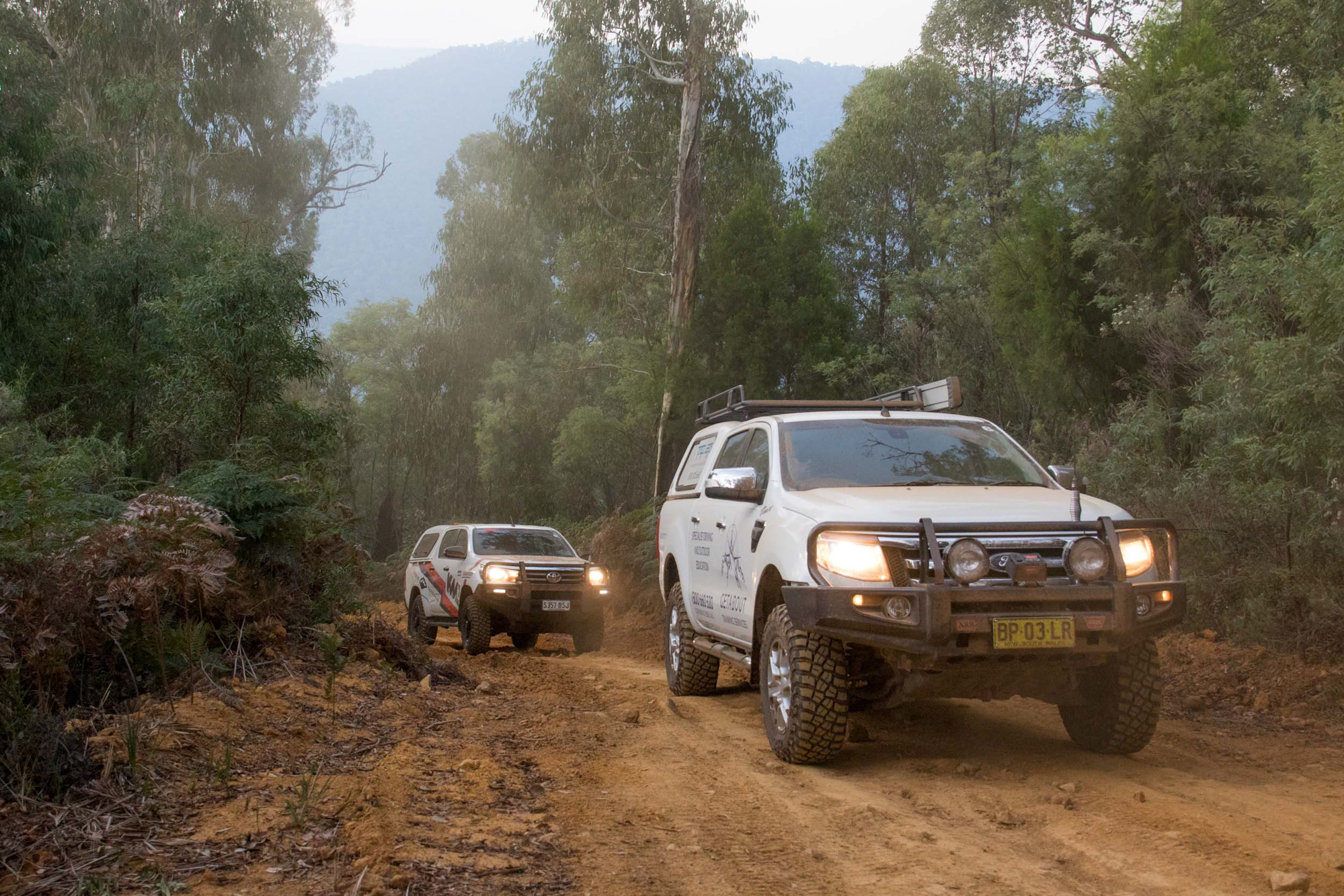
On the Trail
There is a long-standing rule in desert racing that if you are going to hit a rock or fixed object at speed, make sure to place it squarely on the center of the tire. The reason is that the tread block is more resilient to harsh impact than the softer sidewall. But stuff happens, and when you do clip a sidewall or pinch it in low-pressure situations, it needs to be tough. As with the KO2 All-Terrain, the KM3 utilizes CoreGard Max, a 3-ply sidewall design and rubber compound borrowed from its brethren, the Baja champion KR3. This technology has proven to be considerably more resistant to splitting and punctures—BFGoodrich states the KM3 has a 27-percent more durable sidewall than the KM2.
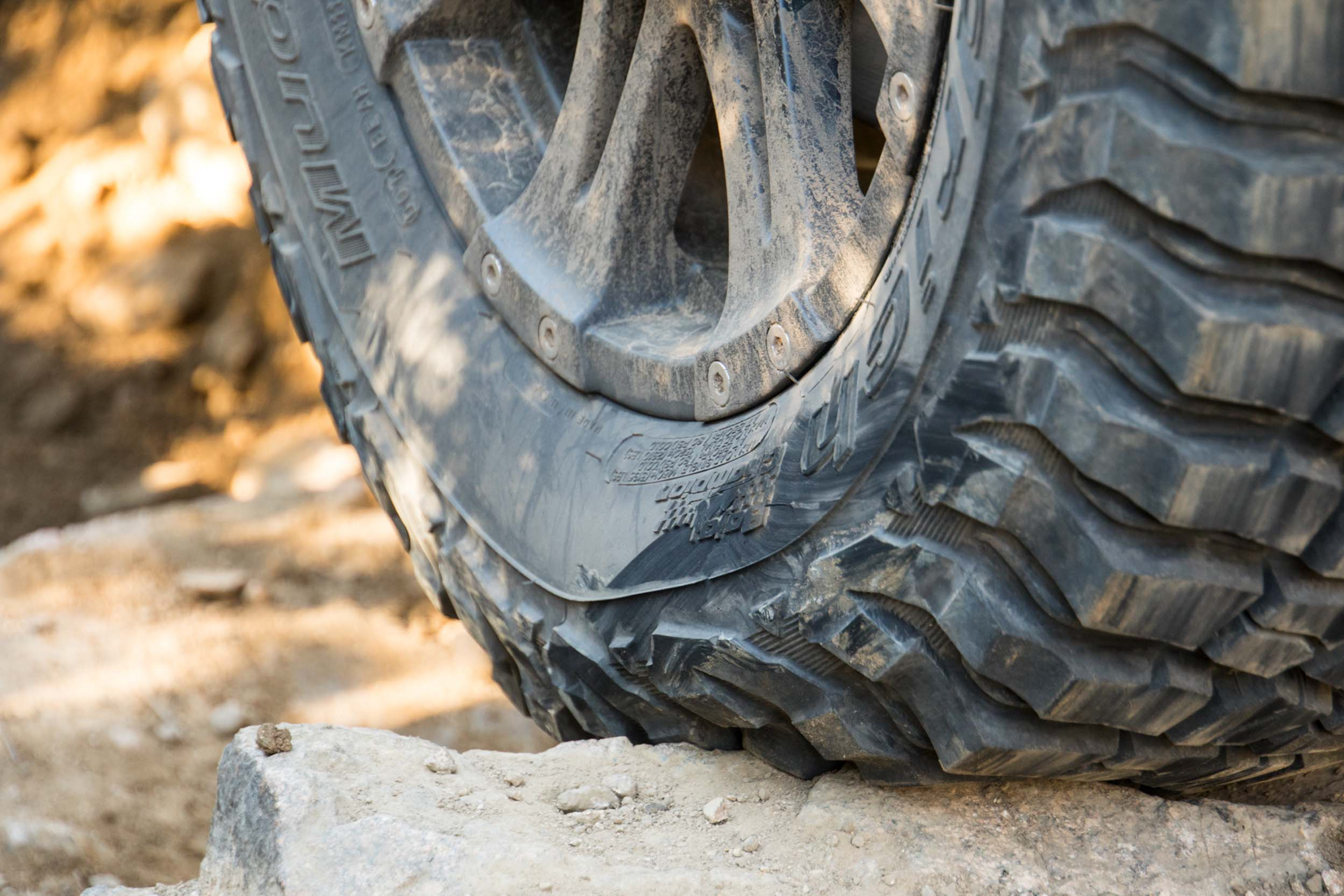
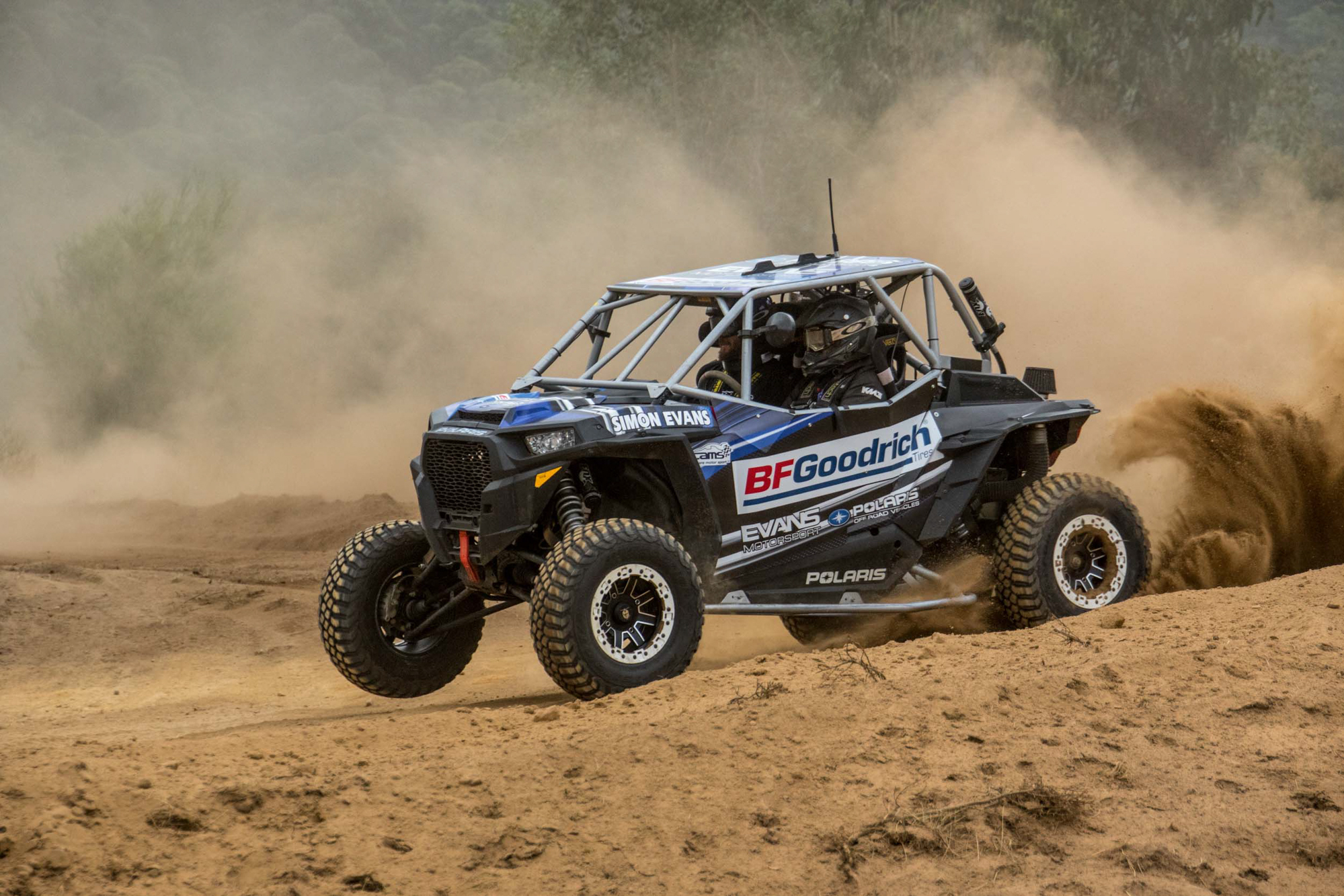

The first testing phase included high-speed racing in Polaris UTVs on a short course track. While it was heaps of fun and the tire did well, UTVs are not my area of expertise. I find a better evaluation to be had in a four-wheel drive and in a variety of conditions. Phase II comprised of traversing several hundred miles of hard-pack mountain roads with sections of moderate corrugations, marbley loose rocks, and steep, dry granite. With stability control disengaged, step out, or side skip, on corrugation was limited and lateral grip while drifting through fast, smooth corners was positive. I felt traction and deformation in slow technical terrain was good considering we were running 26 psi—I would normally run less. These performance attributes are a reflection of the new Krawl-TEK rubber cocktail, carcass construction, and linear flex zones in the tread block (deemed Terrain-Attack). Not withstanding cool buzzwords, the KM3 performed well in each scenario.
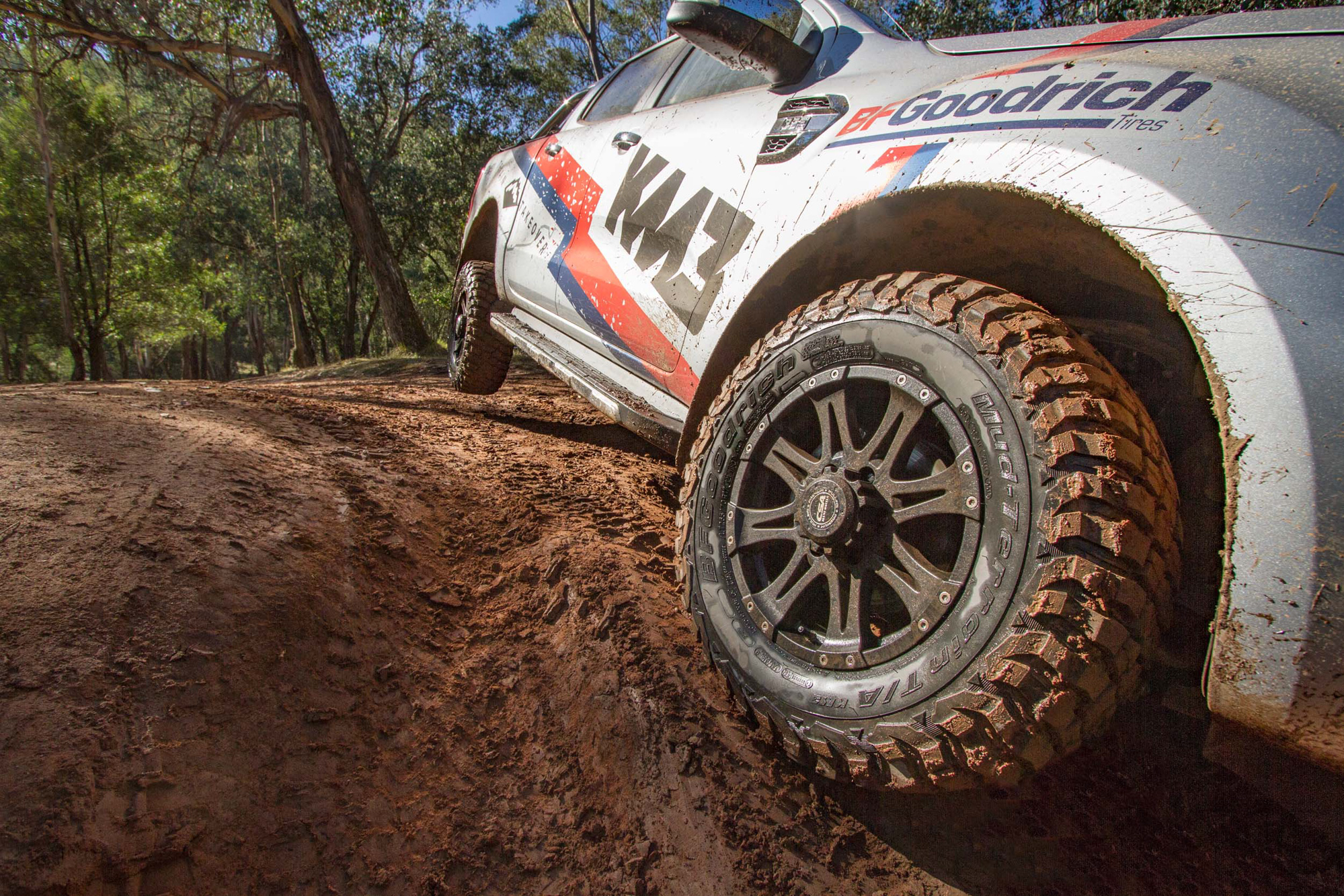
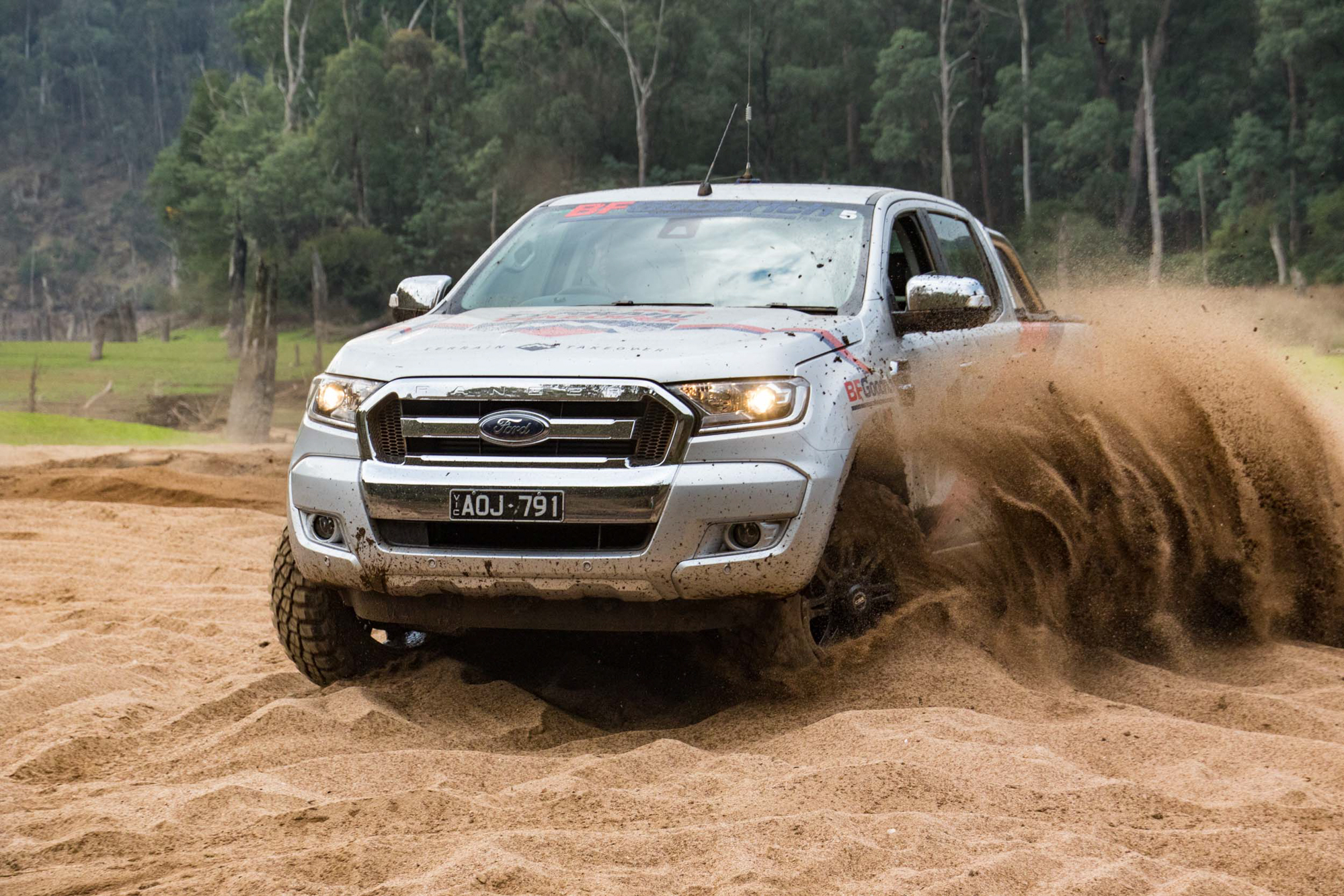
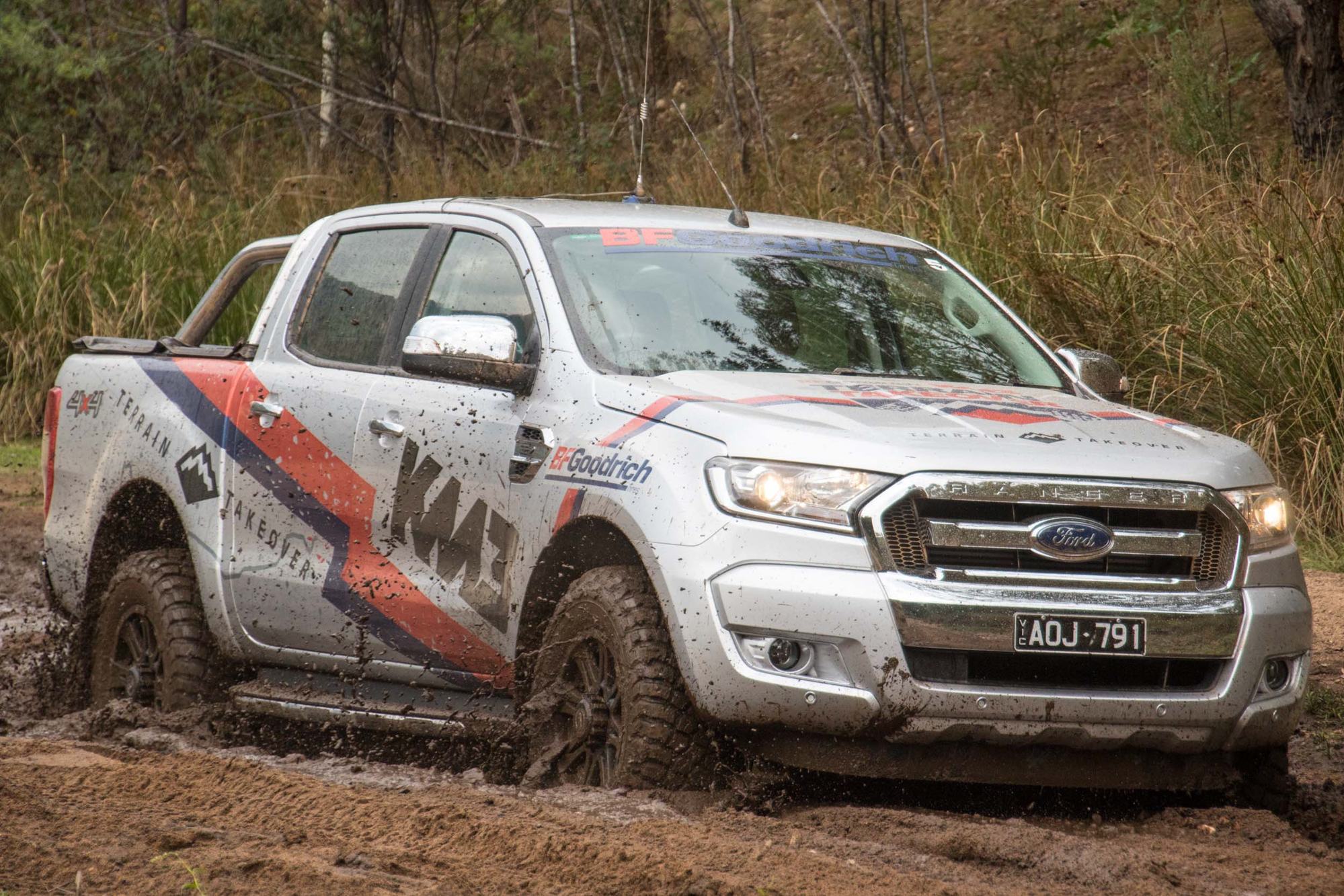
I would have like to put the KM3s through more mud, the bottomless soupy gumbo type, but we did find areas of moderate mud and sand. The shoulder has been redesigned, now wrapping further onto the sidewall in an aggressive directional pattern the company calls “Traction Armor Sidewall Sculpture.” Along with the addition of “mud-phobic” bars (apparently they hate mud) placed squarely in the outer voids, the tire was affective at biting the sides of trenches, clearing debris, and providing additional forward force. Sand floatation was reasonable considering the tire size (LT265/70/R17), 4,500-pound weight of the Ford Ranger test platform, and aforementioned pressure. I feel that at reduced pressure, say 10-12 psi, the KM3 will squat to form a desirable inverted-mushroom footprint and do fairly well in soft sand and snow.
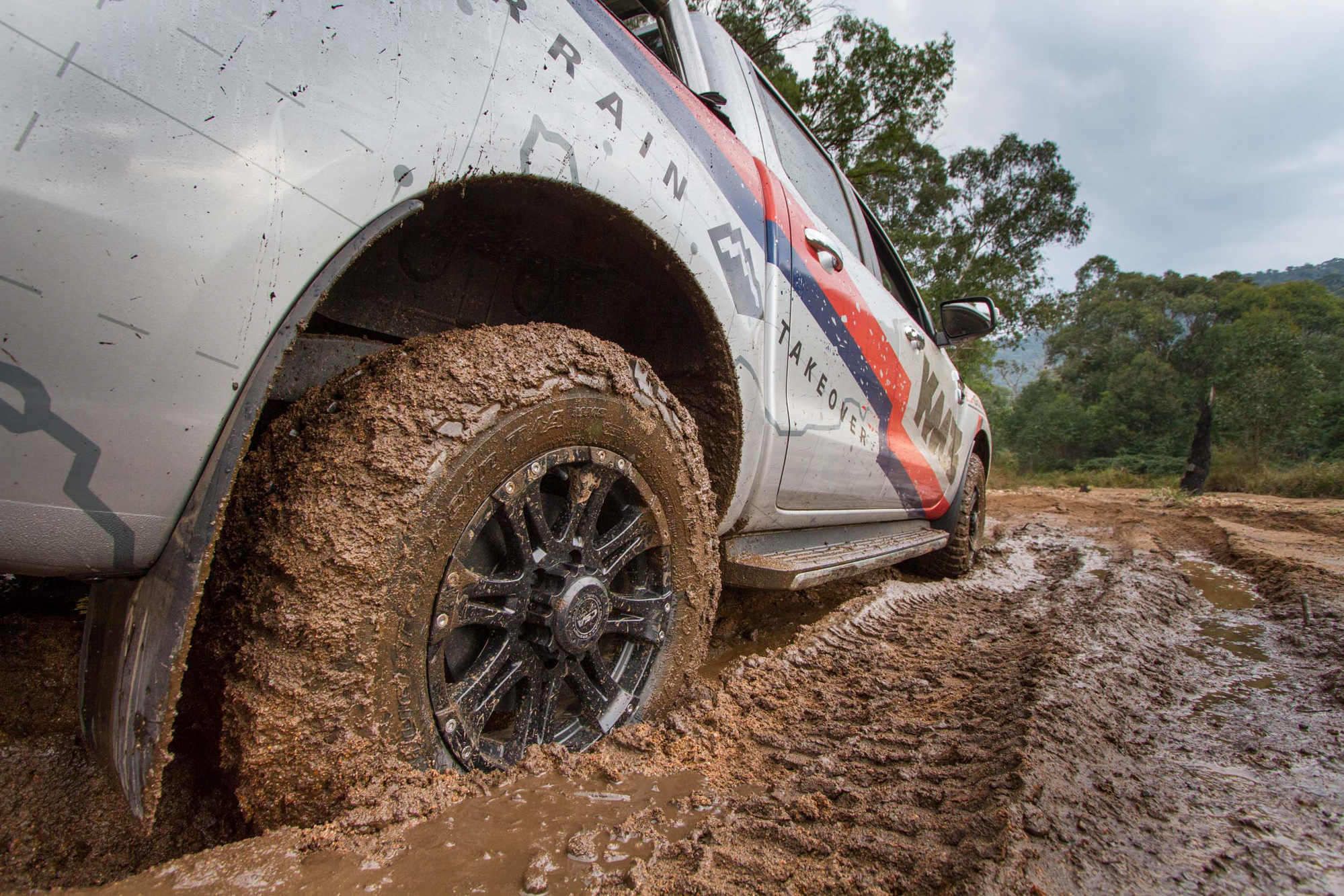
On the Road
Due to the fact that most of our miles are spent driving to and from the trail, noise, vibration, and harshness (NVH)—a tough nut to crack for an aggressive tire—should weighted heavily when selecting a tire. For the former is primarily the affect of voids in the tread block creating turbulent air; the larger the void the more noise. A tire’s roundness (or lack thereof) and carcass design is a major contributor to vibration and harshness. In addition to core construction, other contributing factors are how true the mold casting is, equal distribution of material during the molding process, and post-production trimming. If done well, the tire will be round. If combined with the proper rubber compound, it will be more predictable and track better. I found the KM3 to be surprisingly quiet at speed (for a mud terrain) and demonstrated a high degree of lateral grip during hard cornering. In emergency braking scenarios on dry pavement, tire chirp, a common attribute of aggressive tires, was nearly minimal.
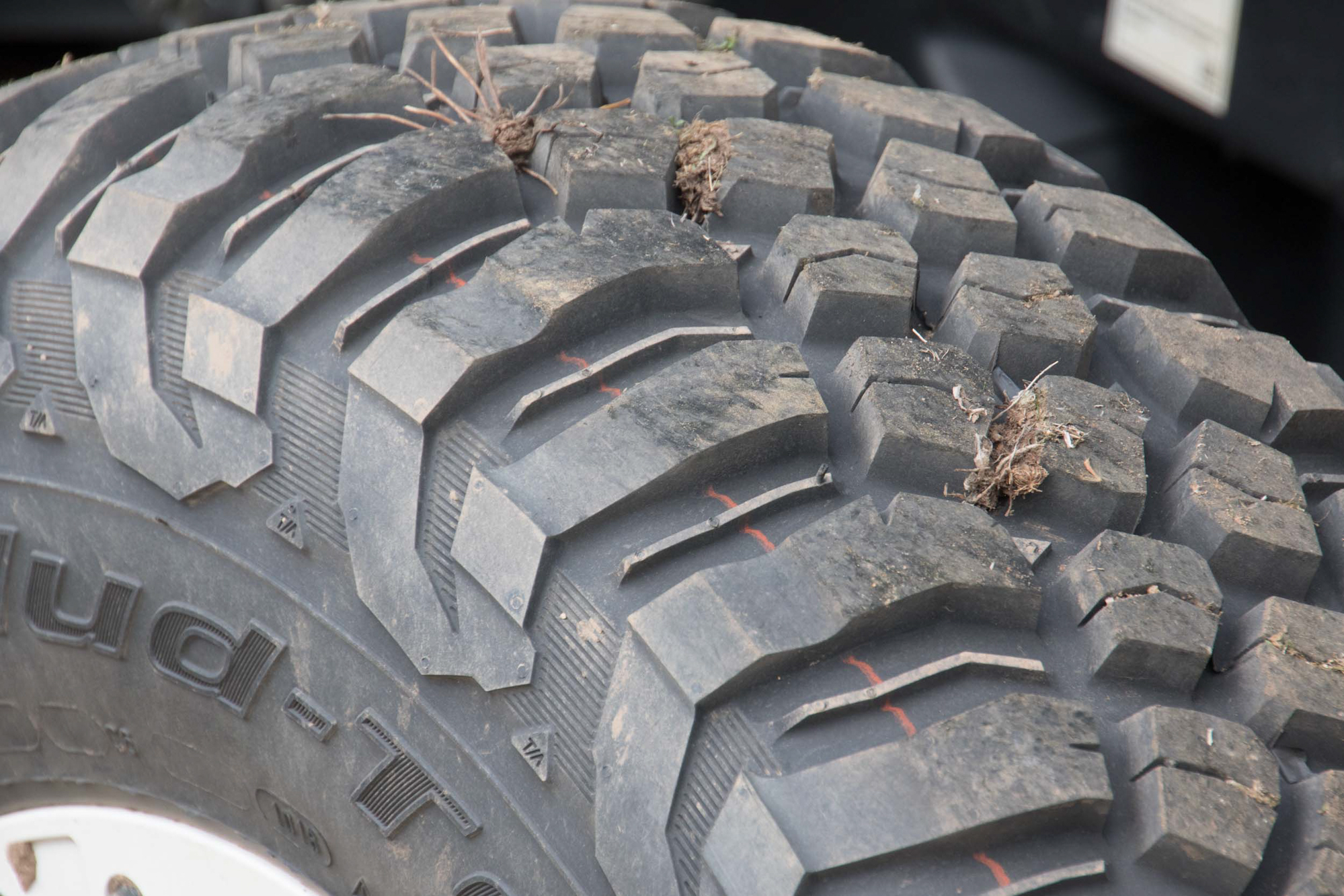
Wrap-up
Overall I think the six years BFGoodrich invested in the development of the KM3 has paid off. Their 45 years of desert racing experience has provided proper insights as to the abuse a tire will receive and how to address various challenges. They’ve improved upon an already good tire, addressing traction and sidewall toughness while enhancing on-road manners. The KM3 will hit retailers in June of 2018 with 25 sizes to fit 16- to 20-inch wheels. They will be adding an additional 13 options in 2019, but there is no word on if they’ll be honoring old-school 15-inch wheels. If your corral includes a UTV, there will be three options available.
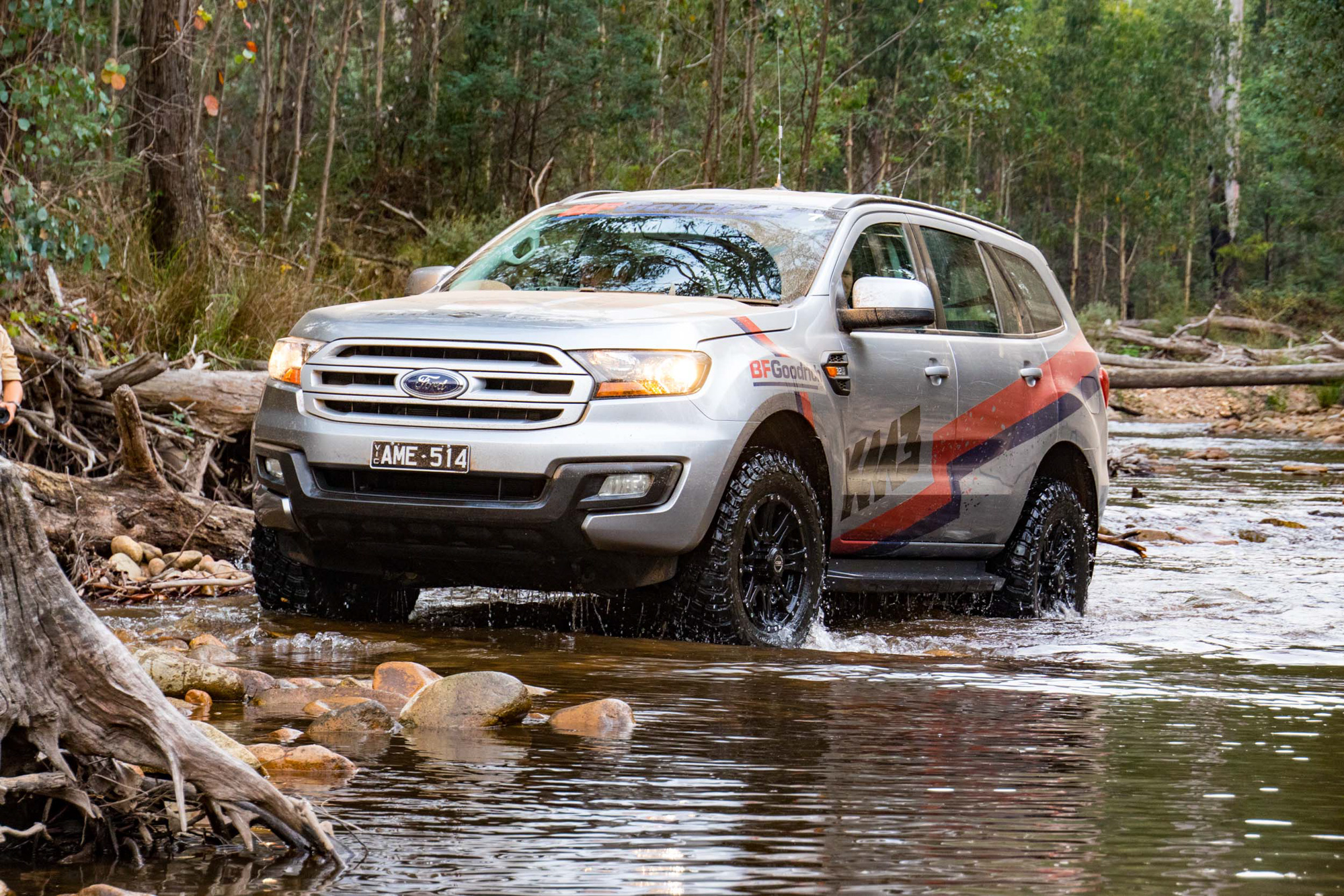
As with any new tire, these initial impressions need further vetting. Stay tuned, as we’ll be mounting a set for a proper long-term evaluation in High Sierra snow and granite, Moab slickrock, and through the tire-shredding backroads of Baja, Mexico.
To watch all of the action from this tire launch, check out Chris Collard’s video below! If you want to learn more about BFGoodrich, visit their website here.

KM2/KM3 Comparison (per BFGoodrich)
Mud: 5 percent improvement
Rock traction: 8 percent improvement
Sidewall toughness: 27 percent improvement
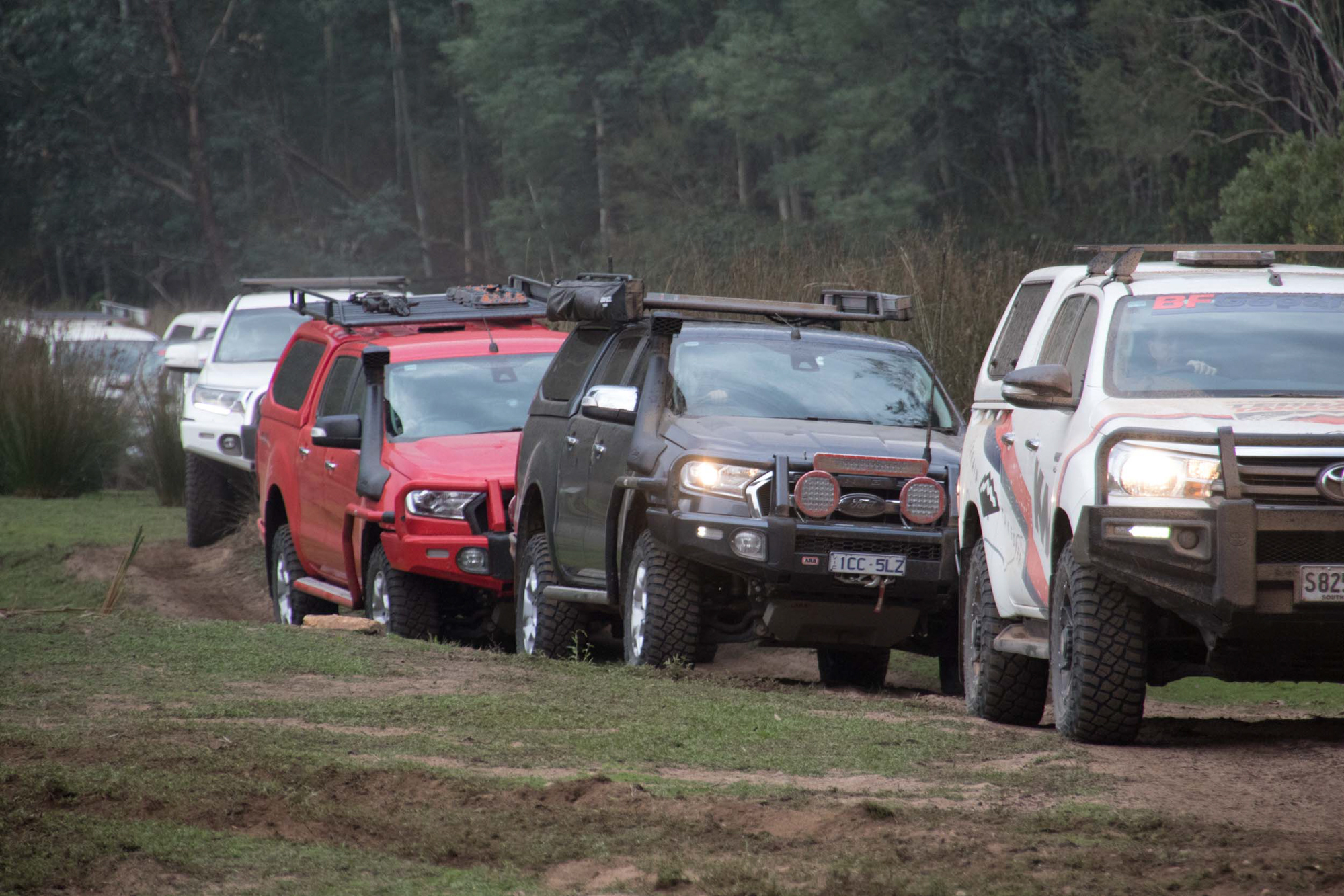
History of the BFGoodrich Mud-Terrain
1980: Introduction, first aggressive-tread radial
1984: First 35-inch off-road radial
1988: Gen II Mud-Terrain is released
2001: Gen III, the Mud-Terrain KM is launched
2007: Gen IV Mud-Terrain KM2 hits retailers
2018: New KM3 is center stage for BFGoodrich’s first global launch


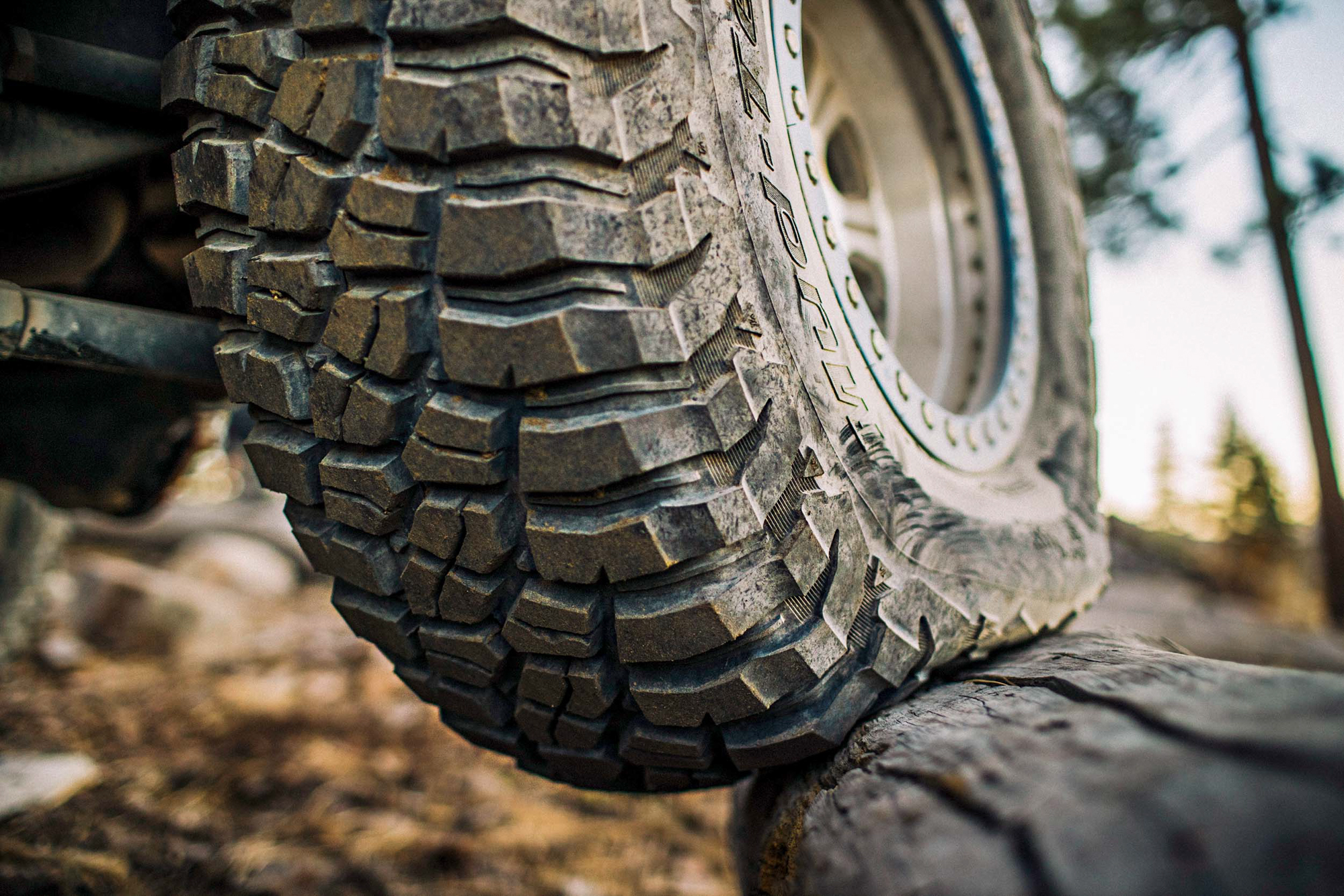
One Comment
Dr Dick Morgan
February 5th, 2019 at 12:34 pmChris,
Thanks for a fascinating review. I have used BFG for 20+years of expeditions in N. Africa and Europe, and found both AT & MT tyres great and durable. I currently have 285-75 16 MT KM2 on my Nissan Patrol. I am looking to renew and was thinking about KM3. Doing my research I found an interesting change – which I rang BFG to confirm. My KM2 has a snowflake on it and is winter rated. The KM3 amazingly is NOT winter rated and therefore not leagal in winter in Alpine European areas. Whereas the AT KO2 is Winter rated. So to drive through the Pyrenees in winter en route to Morocco the KM3 is no good?! Any thoughts? Dick